Mario Valderrama
Operating etcd for Managed Kubernetes
#1about 3 minutes
The journey to managed Kubernetes at IONOS
From its first release in 2019 to managing over 20,000 clusters, IONOS scaled its Kubernetes service by building on a massive etcd foundation.
#2about 4 minutes
Evolving etcd deployment strategies over time
The team progressed from the CoreOS operator and Bitnami Helm charts to a simplified custom Helm chart for better control and stability.
#3about 3 minutes
Understanding multi-tenancy and its performance impact
Using a shared etcd with client-side prefixes reduces cost but creates noisy neighbor problems, requiring careful tuning like compaction and defragmentation.
#4about 3 minutes
Iterating on etcd cluster layouts for reliability
Initial cross-location clusters suffered from latency and revision drift, leading to a more stable single data center layout using availability zones.
#5about 3 minutes
A zero-downtime control plane migration strategy
A live migration process using `etcdctl mirror` allows moving a Kubernetes control plane to a new etcd cluster without global downtime or data loss.
#6about 3 minutes
Manipulating etcd revisions for seamless migration
By modifying an etcd snapshot to insert a high revision number, clients like kubelet continue watching for changes without needing a restart after migration.
#7about 2 minutes
Future plans for etcd management and automation
The team is working on automating the migration process, offering dedicated etcd clusters, and contributing their migration learnings to the Kaji project.
Related jobs
Jobs that call for the skills explored in this talk.
Matching moments

00:25 MIN
Understanding the challenges of scaling Kubernetes with confidence
5 steps for running a Kubernetes environment at scale
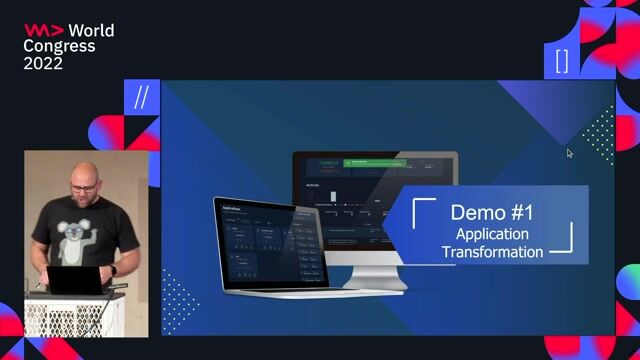
07:14 MIN
Addressing unique data protection challenges in Kubernetes
It's all about the Data
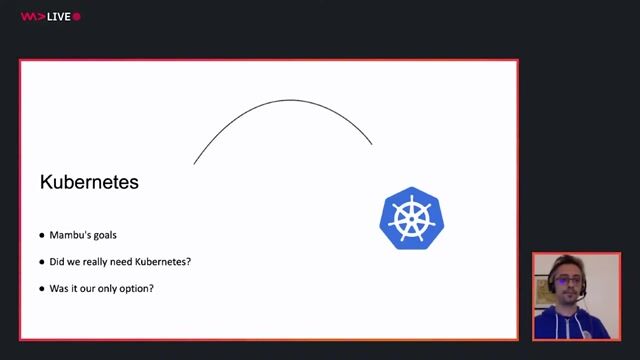
03:52 MIN
Why teams move from monoliths to Kubernetes
Get ready for operations by pull requests
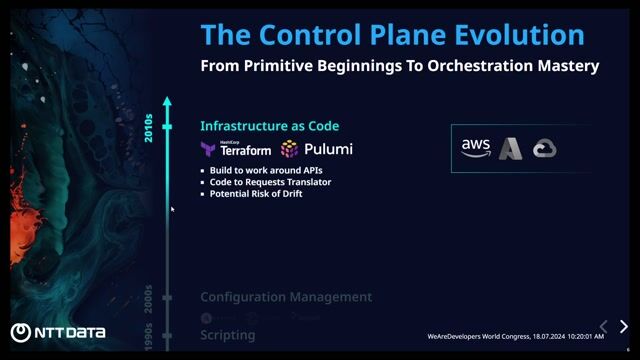
07:26 MIN
Using Kubernetes as an extensible control plane
Chaos in Containers - Unleashing Resilience
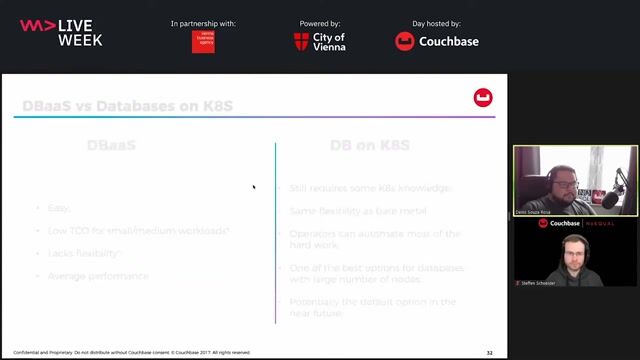
37:18 MIN
Comparing managed DBaaS with databases on Kubernetes
Databases on Kubernetes: Why you should care
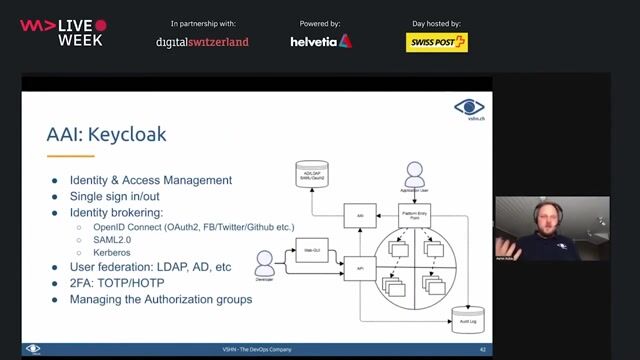
22:09 MIN
Centralizing security services in a Kubernetes ecosystem
DevSecOps: Security in DevOps
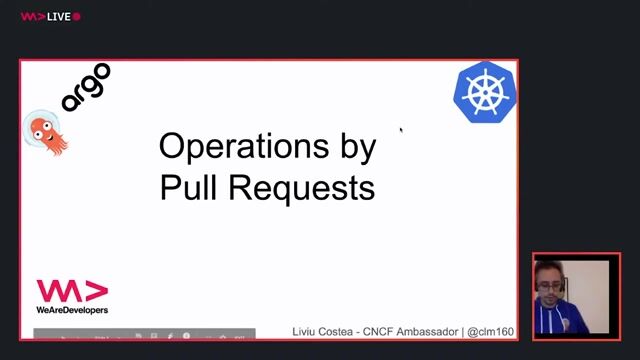
00:19 MIN
Introduction to GitOps and the talk agenda
Get ready for operations by pull requests
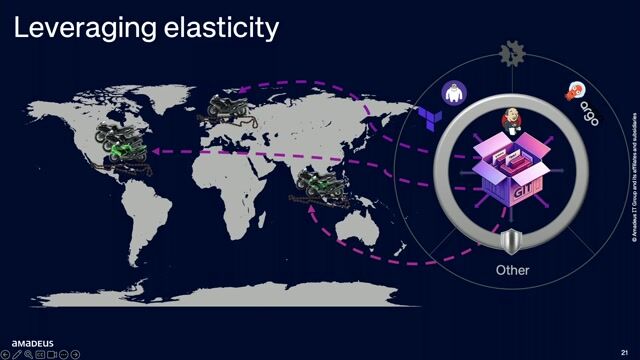
13:02 MIN
The history of operational complexity driving automation
Everything as Code: A Dozen As-Code Concepts beyond Infrastructure or Configuration as Code
Featured Partners
Related Videos
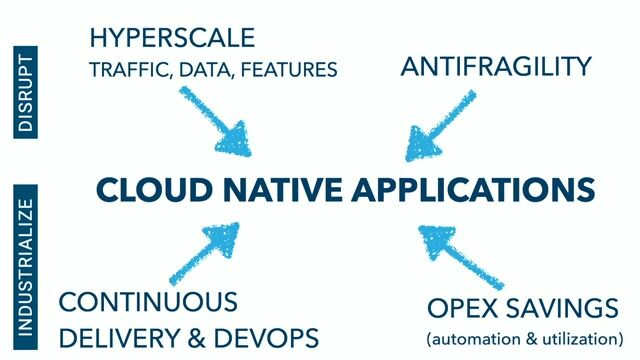 30:26
30:26Fifty Shades of Kubernetes Autoscaling
Mario-Leander Reimer
 27:52
27:52Chaos in Containers - Unleashing Resilience
Maish Saidel-Keesing
 29:21
29:21Kubernetes Maestro: Dive Deep into Custom Resources to Unleash Next-Level Orchestration Power!
Um e Habiba
 17:34
17:34From Factory Floor to Kubernetes Core: Building an Edge Platform One Step at a Time
Dean Oren & Stefan Belsch
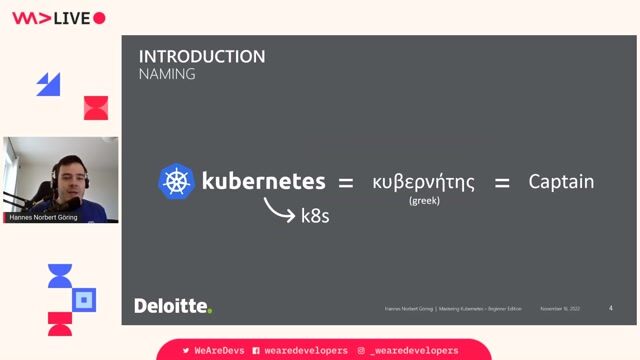 57:24
57:24Mastering Kubernetes – Beginner Edition
Hannes Norbert Göring
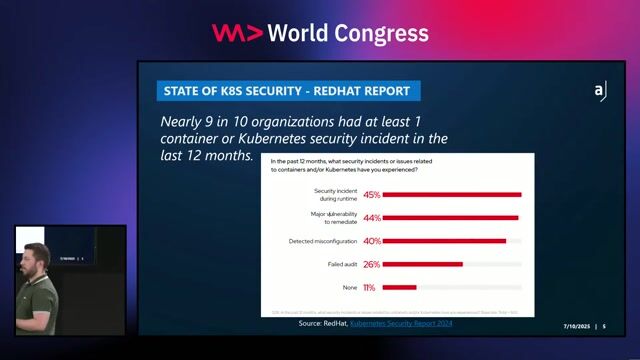 23:08
23:08Kubernetes Security Best Practices
Rico Komenda
 26:19
26:19Winning the Hybrid Cloud
Alex Soto
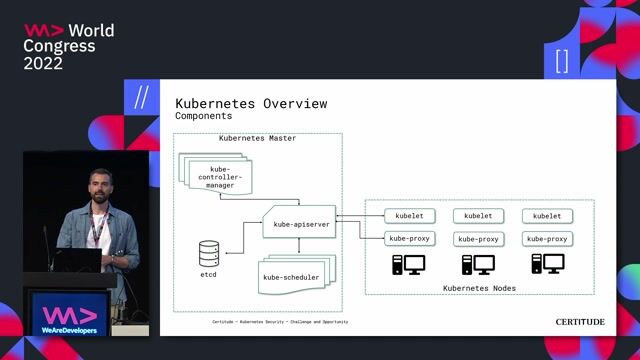 42:45
42:45Kubernetes Security - Challenge and Opportunity
Marc Nimmerrichter
From learning to earning
Jobs that call for the skills explored in this talk.

DevOps Engineer – Kubernetes & Cloud (m/w/d)
epostbox epb GmbH
Berlin, Germany
Intermediate
Senior
DevOps
Kubernetes
Cloud (AWS/Google/Azure)







Position : DevOps Engineer mit Schwerpunkt Kubernetes
Viamedici Software GmbH
Azure
DevOps
Gitlab
Docker
Ansible
+9
